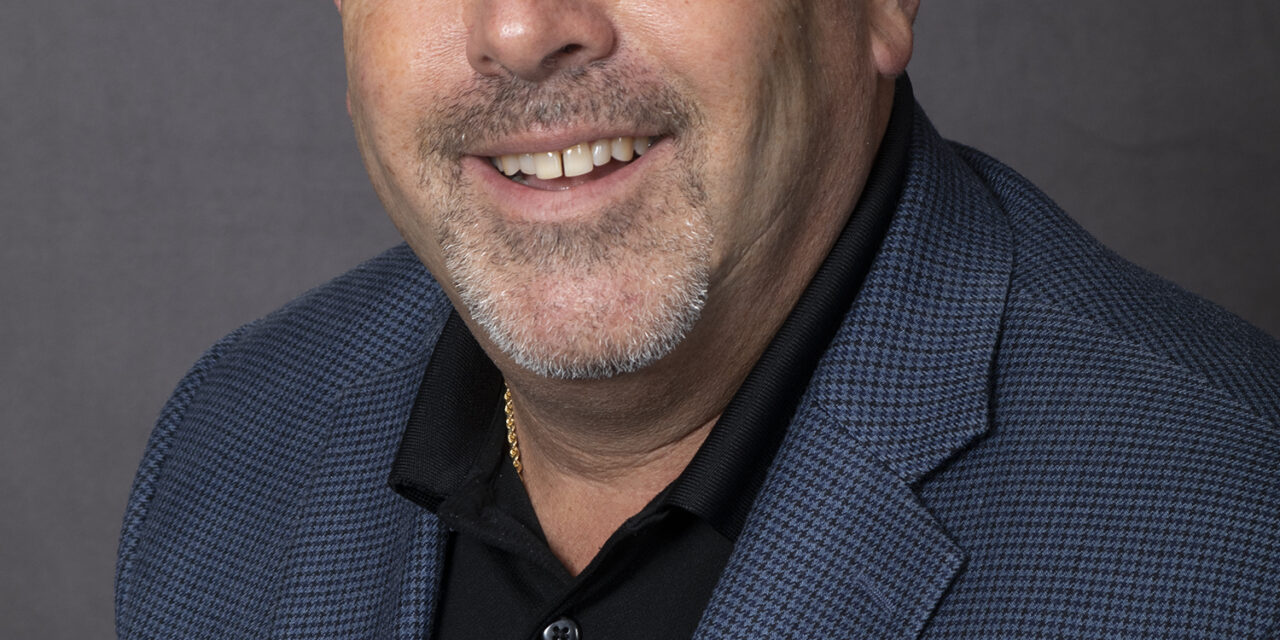By Dr. Jeff G. Konin
It is likely that if you are reading this article, you too have realized that we all have a long way to go in educating the general public about many aspects of cannabis. I have found that in near every presentation that I give it is essential to revert back to the basics. Why? The bottom line is that for the most part the general public is not cannabis smart. This may or may not include the hundreds of thousands of medical marijuana patients in Florida, but it is essential to elevate the baseline knowledge of as many people as possible in order to remove the remaining stigmas associated with cannabis.
Here is my top 10 list of cannabis myths and facts that should be a part of every educational presentation:
- CBD is a drug that can get you high. The majority of the general public do not know what cannabinoids are or that there is any difference between THC and CBD, let alone what the difference actually is. Very simple explanations, factoid sheets, and educational materials can go a long way toward clarifying this myth.
- There is no research to support any effectiveness of cannabis. The fact is if you type the word “cannabis” in a PubMed search it will yield 27,628 results! It that a lot? Yes. Could we benefit from more? Of course! It is important to disseminate what has been published with quality and strive to performs the studies that address the unanswered questions.
- CBD has a psychoactive effect. This is likely a result of people simply clumping “all things cannabis” together under one umbrella. It may or may not be too much to expect laypersons to understand terms like Dealta-8 versus Delta-9 but explaining the fact that THC-based products are the psychoactive components is not difficult to convey.
- CBD and THC can be taken in any dosage regardless of what other medications one uses. While there may be many benefits to the various cannabinoids, it is critical to emphasize that appropriate dosing with cannabis is just as important as it is with other prescribed or over-the-counter medications. As one would expect and hopefully understand, too little or too much may not achieve a desirable effect.
- All cannabis is the same. This goes without saying that the more we learn about the variations of the plant the more we need to educate others. For now, it is too easy for people to just think all cannabis is the same. One analogy I have used to begin this conversation is to think of the cannabis plant in the way you might think of a coffee bean. Coffee beans can grow in different geographies, under different climates, with different cultivation methods. All coffee beans are not the same.
- CBD will show up in a drug test. This may be one of the biggest fears that individuals have – the possibility of whatever cannabinoid they take and no matter how they take it – it will lead to a positive drug test. While there are no absolutes, and certainly there is inaccurate labeling or no labeling with some products, this is an area that needs further factual clarification and may in fact be specific to one’s occupation and what form of cannabis they are choosing to use in what manner.
- Cannabis can cure any condition. It can’t? Really? How about the irony that states can approve the use of medical marijuana for certain conditions, but over-the-counter CBD products are not allowed to market their benefit for any medical condition? The fact is that by the very nature of having receptors throughout the body leads to the claims of symptomatic relief for many. An explanation of how this works can be helpful without getting too technical, with a disclaimer that cannabis is not a cure all for everything.
- Medicinal and recreational marijuana are the same thing. This is an area where we as educators, healthcare providers, and clinicians can play a major role in explaining the importance of professional oversight, advice and guidance for using cannabis to obtain optimal results. The difference here lies in one’s purpose and goals.
- It is not possible that the body has a new system. Very few of us who have migrated to the cannabis space went to school during a time when we were formally educated about the endocannabinoid system. How is it possible that just 30 some years ago someone found a system in the body that we never knew about? Teaching an old dog new tricks is possible. New body system charts in all of our offices need to include the ECS alongside nervous, cardiovascular, digestive, etc.
- Cannabis is illegal. No not all cannabis is illegal all of the time. Educating here involves more than Florida laws. A good number of individuals flock here during the winter, vacation here and many of us from here travel elsewhere. Despite frequent changes in legislation, providing simple methods for people to understand what is legal, where it is legal, how it impacts travel, work and even possession are important.
Dr. Jeff G. Konin is a Clinical Professor in the Department of Athletic Training in the Nicole Wertheim College of Nursing and Health Sciences at Florida International University (FIU) where he directs the Global Initiative for Cannabinoid Research and Education. To learn more about FIU’s cannabinoid research and education initiative you can visit their website at https://go.fiu.edu/GlobalCannabis. Views represented in this column do not reflect that of Florida International University and are solely attributed to Dr. Jeff G. Konin.



























